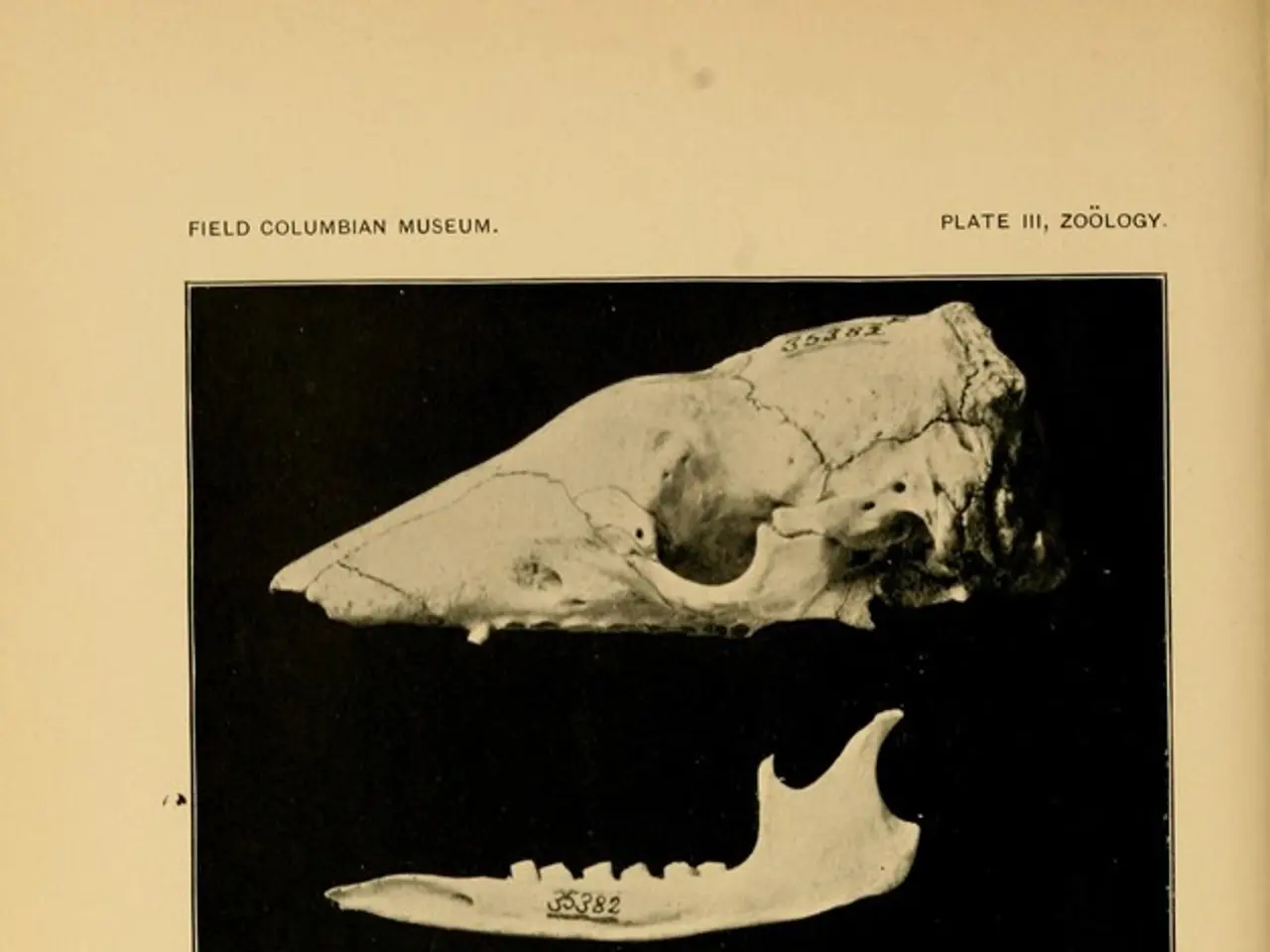Trigonum Syndrome: Symptoms and Remedies
In the world of sports and physical activity, injuries can sometimes occur, and one such condition is Os Trigonum Syndrome. This condition, characterised by pain in the back of the ankle, can affect athletes and non-athletes alike.
Os Trigonum Syndrome arises when an extra bone, the os trigonum, causes discomfort. This bone, present in around 15% of people, connects to the talus by a fibrous band of tissue. Overuse and acute injuries, such as sprains, can lead to the development of this syndrome.
The symptoms of Os Trigonum Syndrome can mimic those of other conditions, including ankle sprain, Achilles tendon injury, and talus fracture. The most common symptom, however, is pain in the back of the ankle, particularly when pointing the toes and during movements. Discomfort can also occur when moving the big toe.
Initial treatment for Os Trigonum Syndrome often involves rest, immobilization, and inflammation management. This is followed by physical therapy involving controlled exercises.
Common exercises for Os Trigonum Syndrome recovery and ankle strengthening focus on restoring range of motion, flexibility, and gradually increasing strength. Range of motion exercises, such as gentle ankle movements, are essential post-surgery or after immobilization to reduce stiffness. Strengthening exercises, using resistance bands or bodyweight, help stabilize the ankle and prevent further injury. Proprioception and balance training, like single-leg stands and wobble boards, enhance joint stability and coordination. Low-impact cardiovascular conditioning, such as walking or cycling, is recommended early on and can progress to more vigorous exercise as comfort allows.
In some cases, if symptoms become chronic or do not improve with nonsurgical treatments, a doctor may recommend surgical intervention. Surgery typically involves using keyhole techniques to make small incisions on either side of the Achilles tendon to remove the os trigonum and any soft tissue causing discomfort. Recovery from surgery can take more than 6 months for a person to make a full recovery and return to vigorous sporting activities.
It's important to note that everyone's recovery journey is unique, and the timeline can vary significantly. Some people may find that their foot is now more comfortable than before surgery and that they can do more than they could before the operation.
After surgery, someone can typically return to work or school within a few days of surgery with a boot in place. During recovery, using ice and elevation is advised to reduce swelling.
Os Trigonum Syndrome is a common issue among athletes, particularly ballet dancers, soccer players, basketball players, and other types of dancers and athletes. If you suspect you may have Os Trigonum Syndrome, it's crucial to seek medical advice and follow the guidance you receive from your doctor when performing physical therapy exercises.
In conclusion, managing Os Trigonum Syndrome involves a staged approach: controlling inflammation, restoring motion, gradually strengthening ankle muscles, and improving balance and function. Physical therapy is key for a tailored exercise progression depending on severity and response to treatment.
The extra bone that causes discomfort in Os Trigonum Syndrome, present in 15% of people, is referred to as the os trigonum, and it connects to the talus by a fibrous band of tissue. This medical condition, which can mimic other foot-related medical conditions, often requires a treatment plan that includes rest, inflammation management, physical therapy, and careful exercise selection to avoid further injury. Such exercises, focused on restoring range of motion, flexibility, and strengthening ankle muscles, may include gentle ankle movements, resistance band exercises, and proprioception and balance training, like single-leg stands and wobble boards. Recovery periods can vary significantly, with some individuals taking over 6 months to make a full recovery and return to their respective sports. Therefore, it's essential to seek medical advice and follow personalized guidance provided by healthcare professionals when dealing with foot health, particularly conditions like Os Trigonum Syndrome, which are common among athletes involved in sports such as ballet, soccer, basketball, and other dance-related activities.




